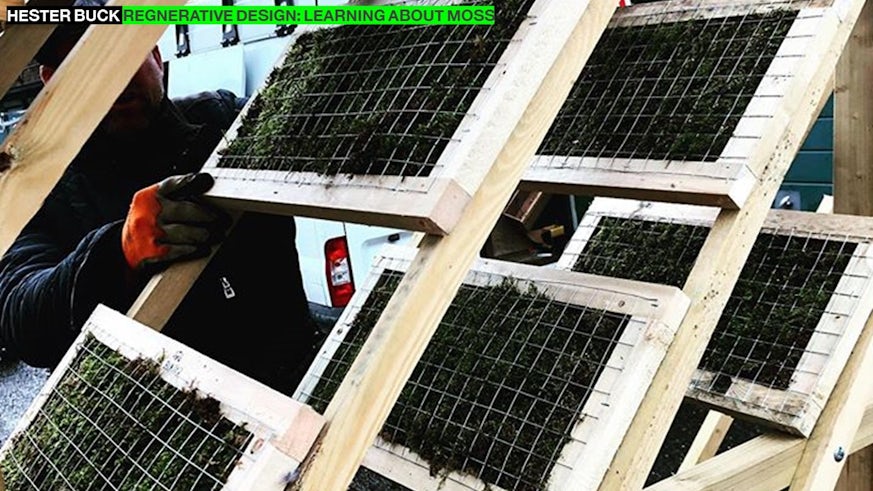Breathing moss : Moss filters the air, improving the air quality as it grows
20 September 2021

This autumn we are launching a series of workshops with local young people to construct a living exhibition at Grange Pavilion, experimenting with different methods to grow moss.
Over the winter, the young people will monitor how well the moss grows, as a form of citizen science. There is very little horticulture around cultivating moss. Through the workshops we will develop new knowledge about the best methods to cultivate moss, adapting and improving the growing conditions according to what we discover. Informed by what we learn about growing the moss, we will consider how the moss could be used within green infrastructure, to improve air quality.
The exhibition where the moss is growing will also be accessible to visitors and users of the Grange Pavilion. There will be information explaining the qualities of the plant and why it is of interest, how it can both tell us about air quality and improve it. At the end of the exhibition the structure will be reconstructed as a moss covered bin store for the Pavilion.
The exhibition will grow both urban species of moss collected from the Grangetown area and a species collected from rural Wales. Collecting the moss from Grangetown will provide an opportunity to explore where we can find moss within urban areas, appreciating the ecology of the existing urban environment, and develop ideas for how we could grow the moss within the exhibition. Moss is sensitive to the changes in air quality in which it grows. Changes of location from a less polluted area to a more polluted area can affect how well that species grows. By comparing how well the urban and rural moss grows, we will consider what this tells use about the air quality within these areas and the factors which might affect it.
Based on what we have learnt through the construction and cultivation of the exhibition the young people will propose DIY methods for growing moss at home, using waste material. These DIY moss growing activities will use the knowledge we have gain through constructing the exhibition and develop their design skills. The young people will produce a series of moss fanzines, outlining these different DIY methods to cultivate moss. These will be available for visitors to take away and try at home, with contact information to let us know how they get on.
We will finish the project by discussing ideas for larger architectural moss prototypes which could be constructed within the wider area of Grangetown, such as benches, walls, shelters or planters. To develop these ideas we explore how an architect approaches a design project, based on an understanding of the opportunities and needs of a local area.